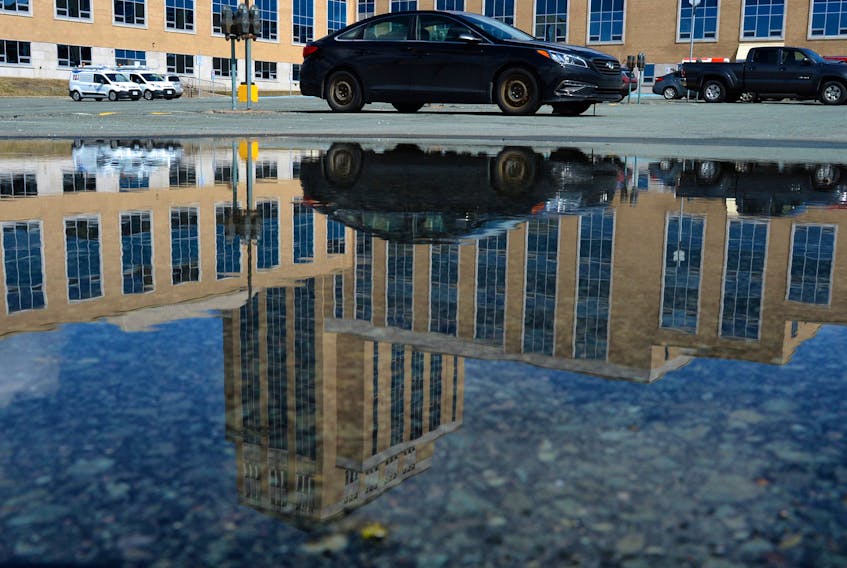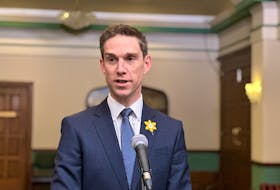First in a series of two guest columns
What course should we navigate to recover from the economic and fiscal devastation created by the COVID-19 pandemic?
The first case in Newfoundland and Labrador was diagnosed on March 14 (Jan. 25 for Canada) and a public health emergency declared on March 18. As the pandemic progresses, its duration and impact continue to grow. We were already in a dire fiscal situation before the pandemic struck and our already fragile economy ground to a halt. The additional costs of borrowing to offset the loss of revenues may well push us over the edge.
According to the last budget update in December, our net debt was $13.9 billion, the highest in our history. This does not include the $12.7 billion estimated cost of Muskrat Falls. Our net debt per capita was almost $30,000. Our projected deficit was $943 billion, after deducting the new Atlantic Accord funding, which, according to the public sector accounting rules, had to be accounted for in this fiscal year, even though the actual payments are spread out over 37 years.
Our net debt as a percentage of gross domestic product was 46.3 per cent, significantly higher than the provincial average of 23.9 per cent.
We’ve had a 33 per cent increase of expenditures over the past 10 years but our revenues went down by nine per cent before the pandemic struck.
Until the present crisis we had the highest per capita revenues and expenditures in the country, which is why we weren’t entitled to equalization. And we have the highest tax rates.
In her most recent report, the auditor general pointed out that in order to achieve a balanced budget, we would have had to reduce expenditures by almost two per cent a year over the past 10 years. Instead, in the last four years expenditures increased by 1.3 per cent annually.
The government has reportedly recently negotiated a four per cent increase with NAPE. Everyone else employed by the government will expect the same, adding hundreds of millions dollars to our expenditures.
The Parliamentary Budget Office recently released its latest report on the fiscal sustainability of the national government and the provinces, and we are just behind Manitoba and Saskatchewan in lack of long-term sustainability. We would have to take policy actions to reduce the share of GDP going to the government by 3.2 per cent to become sustainable.
This report does not take into account the fiscal impacts of Muskrat Falls.
The Public Utilities Board identified a gap of $400 million between what they estimate could be raised from their proposed initiatives and what is required to keep rates at the government target of 13.5 cents per kilowatt hour. That gap has not been closed.
In fact, the PUB relied on Nalcor’s estimate of $726 million for the 2021 revenue requirements of Muskrat Falls, which excluded the cost of the money borrowed by the province for its equity in the project. The PUB also made assumptions about export sales and electrification that are unlikely to materialize. The true revenue requirements of Muskrat Falls will likely begin at $1 billion annually, if and when the project is commissioned. This is not yet included in the province’s projected revenues, expenditures and debts.
The capital costs of the project will certainly increase, as the project has been suspended as a result of the pandemic and the software and synchronous converter issues remain unresolved. Each month’s delay costs $50 million in interest charges, which will be added to the cost of the project.
We will likely have to keep Holyrood as a backup. Replacing Holyrood with gas turbines will cost another billion dollars.
So, the “gap” is going to be a lot more than $400 million.
With COVID-19, the trouble we are in has suddenly gotten a lot worse.
We don’t yet have a forecast on the impacts of the pandemic on our fiscal situation but they will be devastating and long term.
Where are our vulnerabilities?
Our main sources of revenue in the last fiscal year were:
1. Personal income tax, $1,456 billion (23.4 per cent)
2. Sales taxes, $1,157 billion (18.6 per cent)
3. Offshore royalties, $1,009 billion (17.6 per cent)
4. Corporate tax, $270 million (4.3 per cent)
5. Liquor corporation, $189 million (3 per cent)
6. Tobacco tax, $138 million (2.2 per cent)
7. Federal transfers, $913 million (14.7 per cent)
The only stable revenues carried forward to this fiscal year are federal transfers. All the rest will be dramatically affected by the pandemic.
Tuesday: The road to recovery
Dave Vardy is a former chair of the Public Utilities Board and former clerk of the Executive Council.
Ron Penney is former city manager for the City of St. John’s and a former Newfoundland and Labrador deputy minister of justice.









